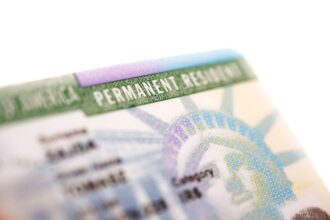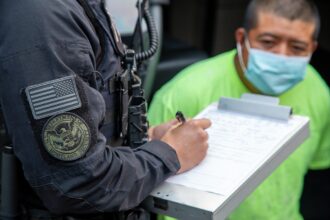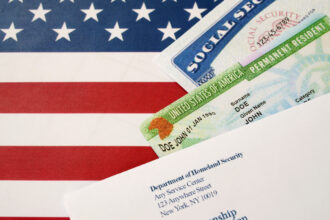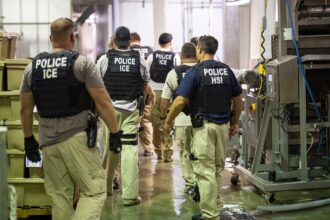The U.S.-Canada border, historically known for its tranquility and cooperation, faces a proposal in 2025 to intensify its surveillance.
This initiative has generated significant debate on security, migration and human rights, especially affecting Hispanic communities in the United States.
What does the bill propose?
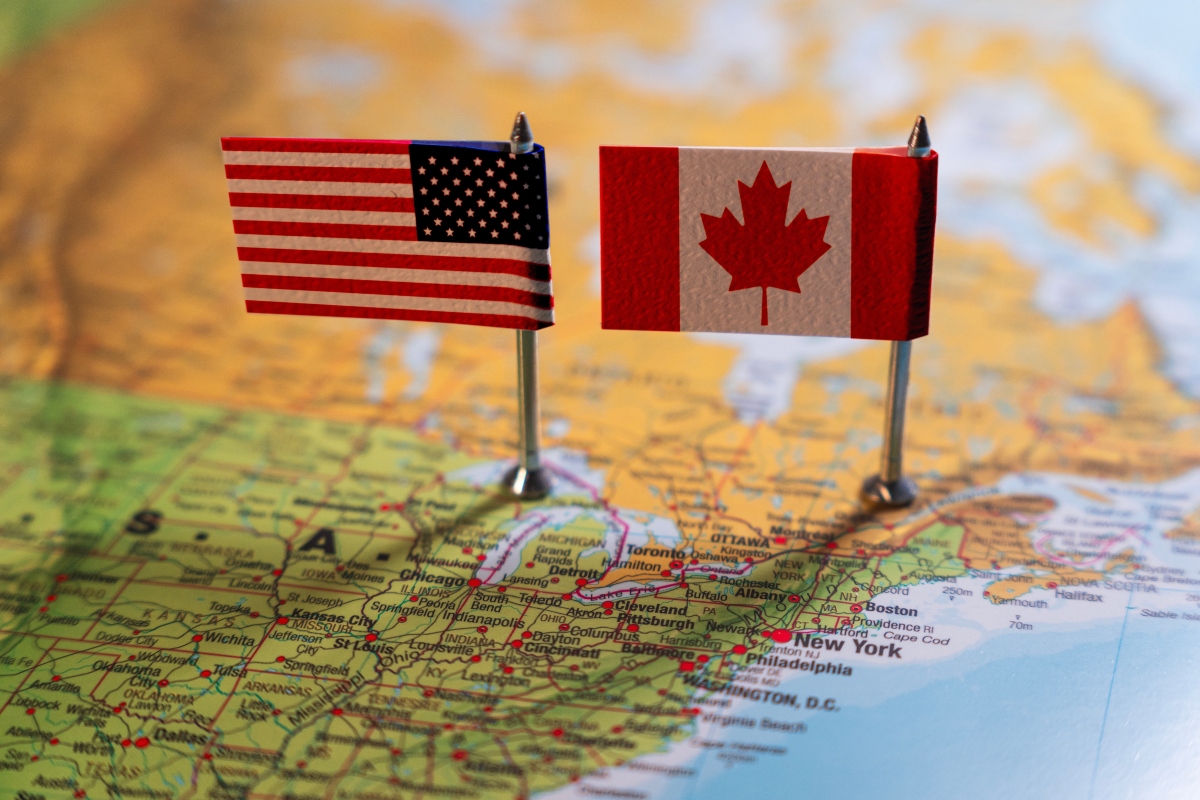
The U.S. government, under the administration of President Donald Trump, has put forward measures to strengthen security at the northern border.
These include the deployment of drones, increased border patrols and the implementation of facial recognition technology at key crossing points.
The stated objective is to combat the illegal trafficking of drugs, especially fentanyl, and people, activities that have shown an increase in recent years.
cadenaser.com
In addition, in February 2025, the United States imposed 25% tariffs on steel and aluminum from Canada and Mexico as part of a broader strategy to address trade and national security concerns.
Why is it relevant to the Hispanic community?
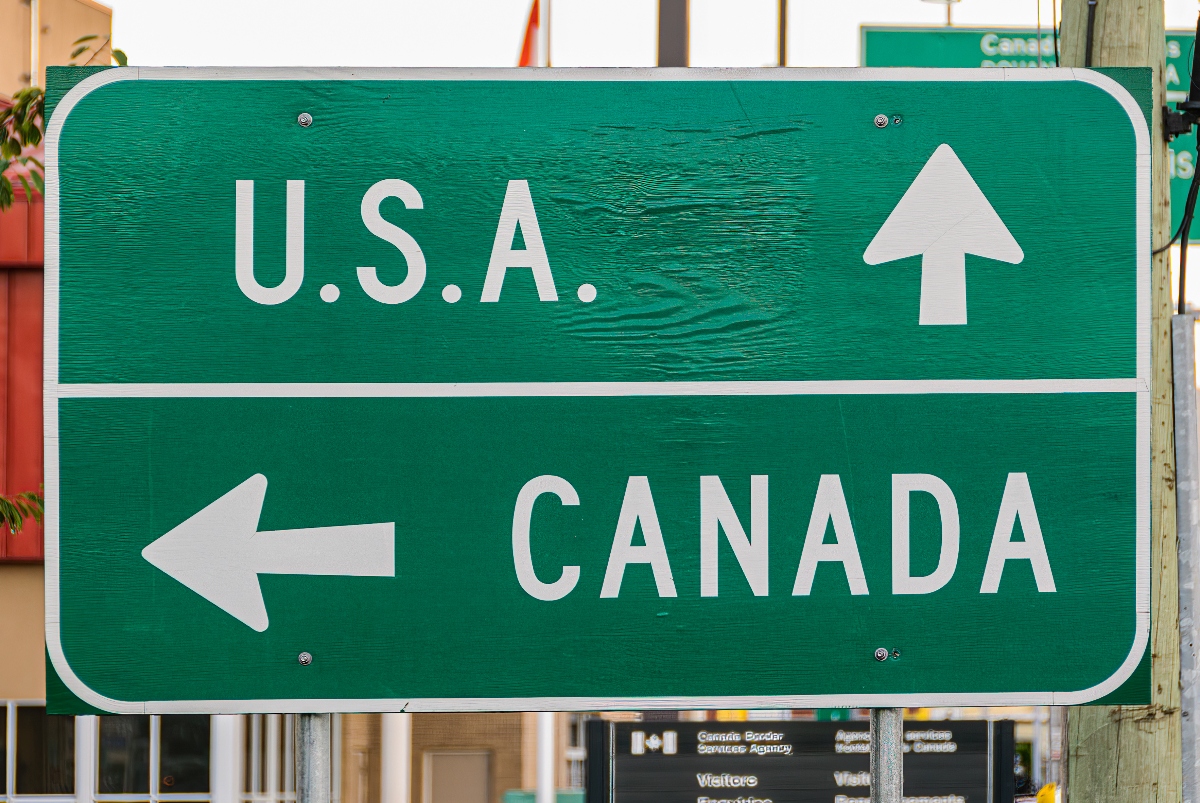
While the southern border with Mexico is often the main focus on immigration issues, the northern border has seen an increase in the flow of migrants, including Hispanics, who seek less guarded alternatives to enter the United States.
This increase has led authorities to consider stricter measures at the border with Canada.
According to recent reports, thousands of asylum seekers have used this route to avoid the overcrowding and risks associated with the southern border.
The northern border has become a viable option for asylum seekers, but tightening measures could complicate their chances of finding safety in the United States.
Criticism and concerns

Several human rights organizations have expressed concerns about the proposal.
The implementation of advanced technology, such as facial recognition, could lead to mass surveillance, affecting the privacy of residents and legal travelers.
In addition, indigenous communities living in border areas fear that these measures will interfere with their territories and traditional ways of life.
The financial cost is also a matter of debate. It is estimated that the initial implementation of these measures would require a multi-million dollar investment.
Carlos González, an activist with the Border Network for Human Rights, argues that “instead of spending on more surveillance, they should focus on solutions that address the causes of migration”.
Reactions in social media
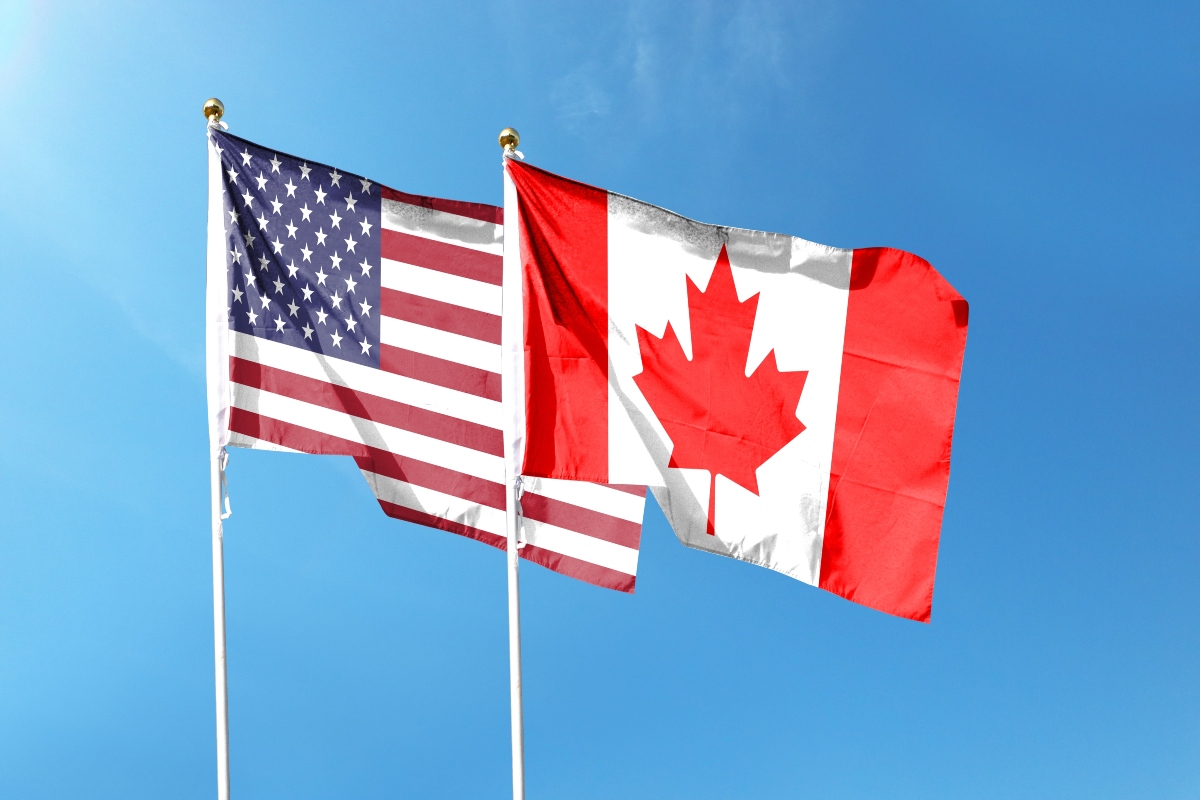
The proposal has generated diverse reactions among Hispanics in the United States.
While some consider the measures necessary to ensure national security, others perceive them as excessive and potentially discriminatory.
On platforms such as Facebook and Twitter, the debate is intense.
Twitter user Arturo Rojas commented:
If they start militarizing the border with Canada, what's next?
Arturo Rojas
The bill is currently under discussion in Congress.
Public hearings and consultations with affected communities are expected to be held in the coming months to assess the impact of the measures.
It is critical that the voices of Hispanic communities and other vulnerable groups are heard in this process.
Recommendations for the Hispanic community
Be informed: Keep abreast of news and updates on the proposal and how it could affect border communities.
Participate: Get involved in community forums, public meetings and other discussion spaces to express opinions and concerns.
Seek support: Contact organizations that offer legal and social resources, such as the American Civil Liberties Union (ACLU) and the Border Network for Human Rights.
The situation at the U.S.-Canada border is a reflection of current security and migration complexities.
It is essential that policies implemented balance national protection with respect for human rights and the needs of affected communities.
Find out more at QuéOnnda.com.













